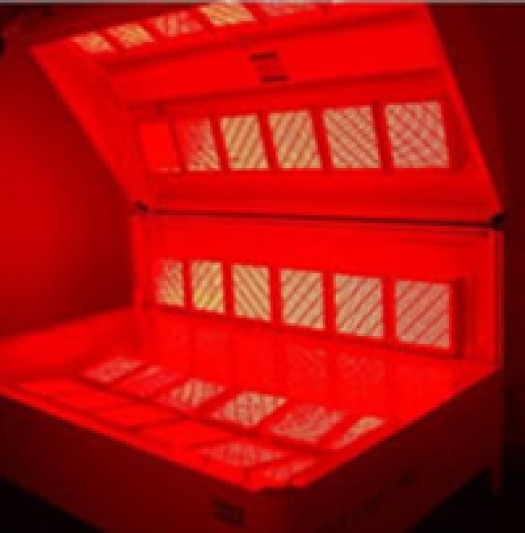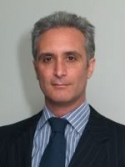sonnemedpdtlightbed200w.jpg

Image courtesy of SonneMed
The Photodynamic Therapy (PDT) Light Bed from SonneMed uses a combination of visible and infrared light at the frequencies 660 nm and 940 nm.
A non-toxic cancer therapy known as Activated Therapy has come to the attention of FAIM. This therapy consists of using innocuous chemical agents (called sensitizers) that allegedly have specific tropism that are absorbed by cancer cells and malignant tissue.
These sensitizers have sensitivity to particular energy frequencies such as ultrasound or red light. Some of the sensitizers are derived from chlorophyll and are metal centered porphyrins known to specifically accumulate in hyperproliferating tissue.
When exposed to these external energy frequencies, the sensitizers become activated and become cytopathogenic. The therapy consists of administering the patient with these sensitizers that selectively infiltrate malignant target cells. These are then activated by the external energy source by exposing the patient to ultrasound or red light that causes the destruction of the cells. This happens by the generation of free radicals and singlet oxygen that destroys the "host" cancer cells.
Depending on whether ultrasound or red light is used, the Activated Therapy is generally referred to either as Ultrasound Activated Cancer Therapy (USAT) or Photodynamic Therapy (PDT). Sometimes these two methods are used in combination and are known as Sonodynamic Photodynamic Therapy (SPDT); one of these combination treatments is widely known by its brand name SonneLux.


